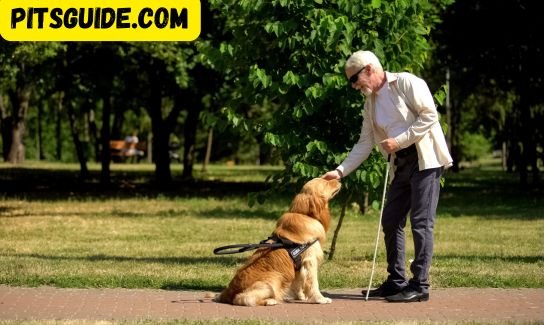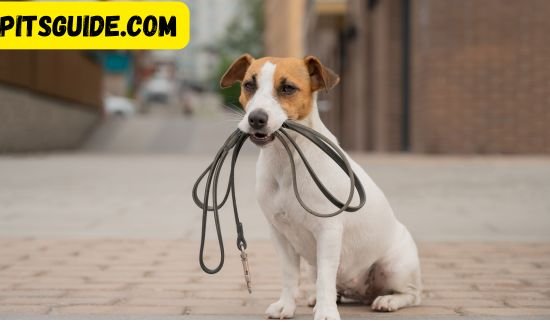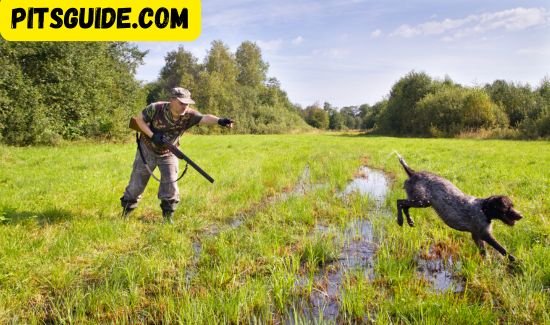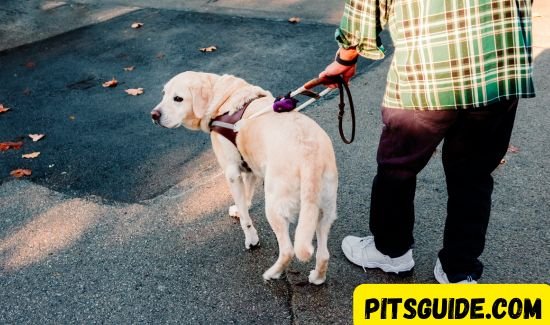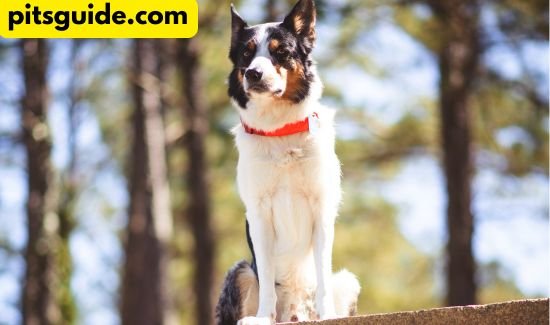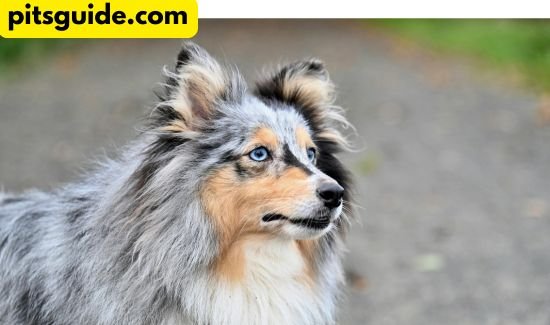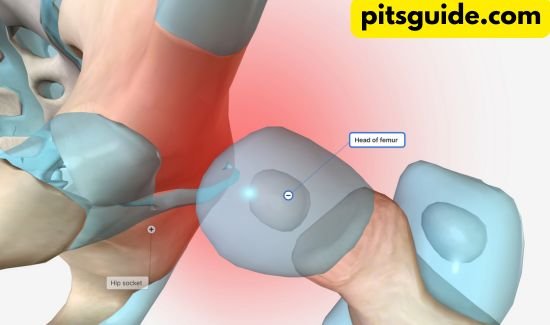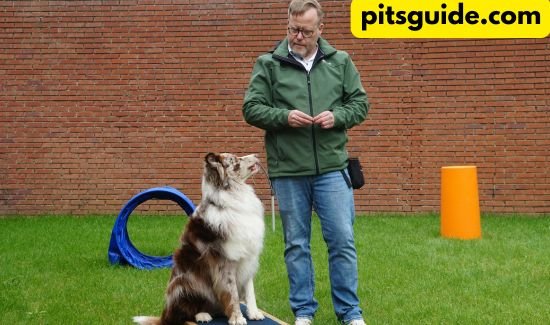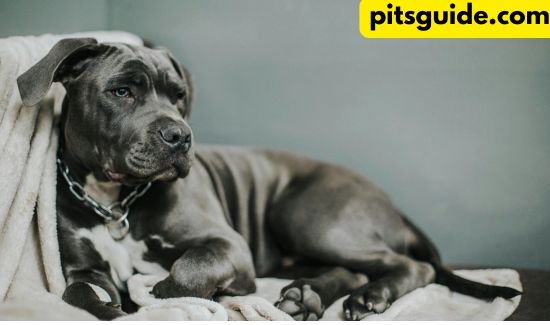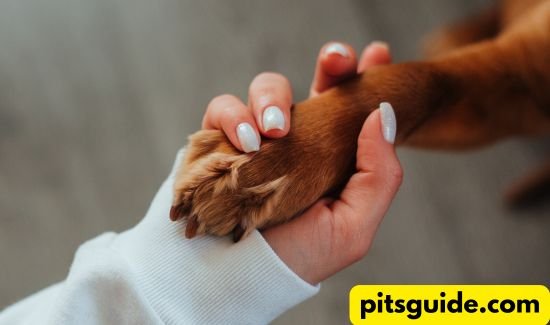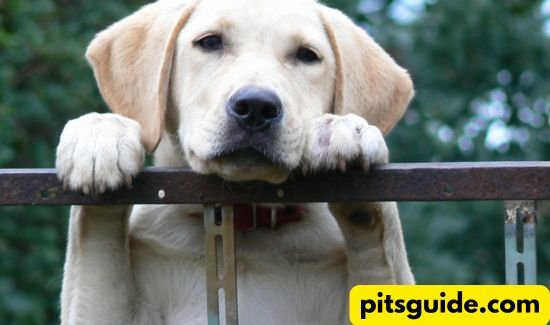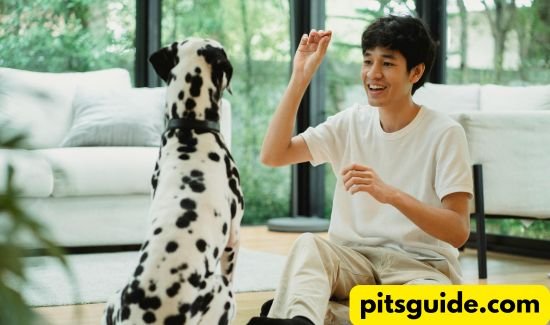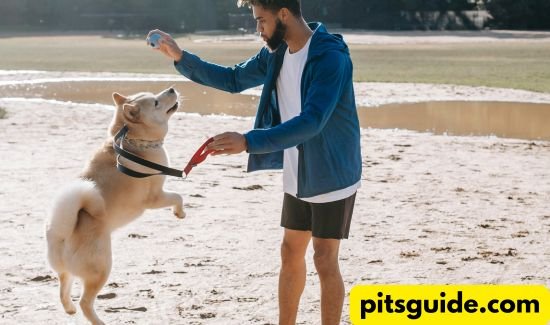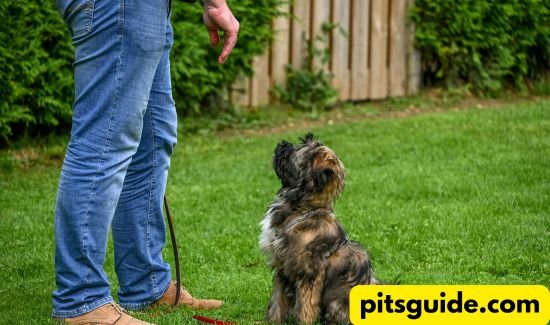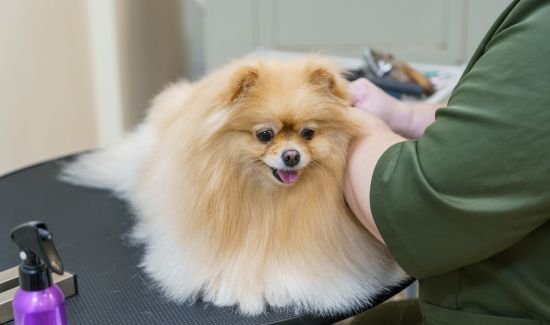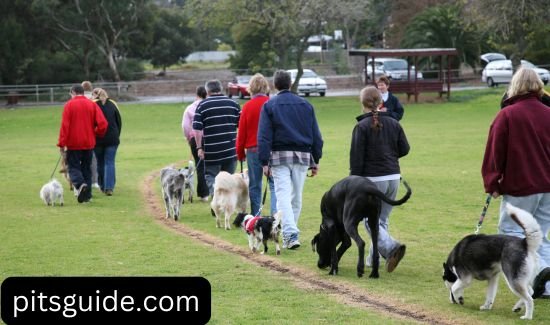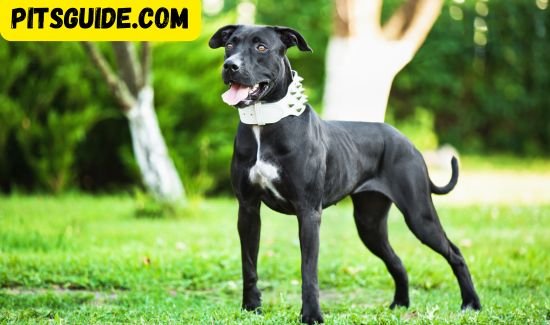Table of Contents
1. **Introduction**
– Purpose of Dog Training
– Benefits of Training for Dogs and Owners
2. **Key Takeaways**
– Brief Training Sessions
– Importance of Consistency and Patience
– Positive Reinforcement as the Foundation
3. **Understanding the Basics of Dog Training**
– The Role of Positive Reinforcement
– Setting Realistic Training Goals
4. **When to Start Training Your Puppy**
– Recommended Age for Basic Training
– Ideal Training Duration and Environment
5. **Essential Dog Commands**
– “Come” Command
– Indoor Training Techniques
– Outdoor Practice Methods
– Common Mistakes to Avoid
– “Sit” Command
– Capturing vs. Luring Techniques
– Tips for Consistency and Patience
– “Stay” Command
– Building Duration and Adding Distance
– Incorporating Distractions
– “Down” Command
– Luring Techniques
– Troubleshooting Common Issues
6. **Leash Training Fundamentals**
– Introducing the Leash
– Techniques for Loose-Leash Walking
– Using Rewards and Correction Cues
7. **Creating a Consistent Training Schedule**
– Importance of Regular Training
– Training Across Different Environments
8. **Using Rewards and Treats Effectively**
– Types of Rewards
– Timing and Frequency of Rewards
– Balancing Treats with Praise and Play
9. **Advanced Command Training Techniques**
– Linking Commands
– Teaching Fun Tricks (e.g., “Spin,” “Shake”)
– Exploring Dog Sports and Obedience Classes
10. **Conclusion**
– Summary of Key Training Points
– Celebrating Small Wins and Progress
11. **Frequently Asked Questions (FAQ)**
– Importance of Basic Dog Training
– Starting Age for Dog Training
– Positive Reinforcement Benefits
– Techniques for Teaching Essential Commands (e.g., “Come,” “Sit,” “Stay,” “Down”)
– Efficient Use of Treats and Rewards
—
This Table of Contents provides a clear structure and flow for a comprehensive training guide.
Step-by-Step Guide to Basic Commands for Dogs: Essential Training Guide
Are you prepared to realize the full potential of your pet? Learning basic dog commands can make your pup well-behaved and obedient. But where do you start? This guide will show you the essential training techniques to teach your dog to obey you easily.
Key Takeaways
- Training sessions should be brief, lasting 5-10 minutes to maintain focus and engagement.
- Puppies can start basic training as early as 8 weeks old upon coming home.
- Positive reinforcement is the foundation of effective training using treats, toys, or praise.
- Ending training sessions on a positive note reinforces learning and builds confidence.
- Consistency and patience are key when teacCelebrate small wins to make training fun and rewarding for both you and your dog.hing your dog new commands.
Understanding the Basics of Dog Training
Good dog training starts with knowing the basics. At the heart of it is positive reinforcement. This entails using play, praise, or treats to promote excellent conduct. This way, your dog learns to do it again, leading to positive results.
The Role of Positive Reinforcement
Positive reinforcement is the best and kindest way to train dogs. It’s better than punishment, which can make dogs scared or anxiousIt strengthens your relationship and piques your dog’s curiosity. Vets and trainers say it’s great for enhancing performance, preventing injuries, and promoting lasting learning.
When to Start Training Your Puppy
Start training your puppy when they are about 9 months old. They should be physically and mentally ready to learn. Keep training short, about 15 minutes, and do it a few times a day. It’s also important to train consistently at home, as dogs find it hard to learn in different places.
Setting Realistic Training Goals
When setting goals, be realistic and think about your dog’s age, breed, and personality. Training classes should have a small number of dogs, about 10 to 12, so your dog gets the right amount of attention.To make training enjoyable and fulfilling for bothAcknowledge and celebrate small achievements, both you and your dog.
| Training Guideline | Recommended Practice |
| Minimum Age for Training | 9 months old |
| Ideal Student-to-Leader Ratio | 10 to 12 |
| Training Session Duration | Two 15-minute sessions per day |
| Vaccination Requirement | Four months of rabies immunization, followed by a booster shot a year later |
| Training Environment | Class setting with other dogs to learn obedience in various situations |
The most humane and successful method of training dogs is positive reinforcement, which strengthens the dog-owner link and increases the dog’s desire to learn.
Training Tips for Successful Dog Commands
Teaching your dog is key to a strong bond and good behavior. Whether it’s basic commands or cool tricks, these tips will help. They make sure you and your dog do great together.
Keep training short, 5 to 10 minutes. This keeps your dog focused and happy. Use treats or toys to make them excited about learning.
Being consistent is very important.Use the same hand signals and words every time. Practice in different places to help your dog learn everywhere.
Make the training harder as your dog gets better. This helps them feel more confident. Always end on a good note to keep them excited for more.
Don’t repeat commands too much. It can make your dog ignore you. Instead, keep it consistent and move forward.
| Training Tip | Benefit |
| Brief Training Sessions (5-10 minutes) | Maintains Dog’s Focus and Enthusiasm |
| Use High-Value Rewards | Reinforces Positive Behavior |
| Consistent Commands and Signals | Helps Dog Understand Expectations |
| Practice in Diverse Environments | Solidifies Learning and Generalization |
| Gradually Increase Difficulty | Builds Confidence and Mastery |
| End Sessions Positively | Maintains Enthusiasm for Training |
| Avoid Excessive Repetition | Prevents Ignoring of Commands |
Using these tips, your dog will learn many things. From simple commands to cool tricks. Training is a journey. With patience and positive rewards, you and your dog will do amazing things.
Teaching the “Come” Command
Learning the “come” command is key for a dog’s training. It boosts their athletic skills and keeps them safe. Owners can use special training methods to teach this important command.
Indoor Training Techniques
Begin teaching the “come” command inside where it’s quiet. Say your dog’s name or “come” and give them a treat or praise. As they get better, move further away and call them back.
This makes training fun. You can reward them with cheers and treats when they come to you.
Outdoor Practice Methods
When your dog knows the command inside, try it outside. Use a long leash so they can explore but stay close. Call their name or use “come” and reward them when they come to you.
Common Mistakes to Avoid
- Don’t call your dog for punishment.They might decide not to visit you as a result.
- Never punish them for being slow to come. Reward them when they do come, even if it takes a bit.
- Training takes time and patience. Keep practicing until your dog learns the command well.
By using these training tips and avoiding mistakes, you can teach your dog to come reliably. This keeps them safe and improves their athletic skills.
| Training Time | Success Rate | Recommended Tools |
| 15-20 minutes per day | 1-2 months for reliable recall | Long lead, harness, clicker, treats, toys |
The command ‘come’ is one of the most important things a dog may hear. It’s essential for their safety and obedience training.”
– Experienced Dog Trainer
Mastering the “Sit” Command
Teaching your dog to sit is a key part of their training. It helps prevent injuries and shows who’s in charge. The “sit” command is one of the first things dogs learn. It’s a basic step towards more complex commands.
There are two ways to teach your dog to sit: capturing and luring. Capturing means waiting for your dog to sit and then rewarding them. Luring uses a treat to help your dog sit. The important thing is to reward them first, then add the “sit” command.
Never push your dog to sit. This can make them not want to listen. Instead, practice the “sit” command in different places. This helps your dog get used to it and builds their confidence.
- Start by capturing the behavior: Reward your dog every time they sit, even if it’s not on command.
- Try the luring method: Hold a treat near your dog’s nose and move it back to guide them into a sit.
- Add the verbal cue: Say “sit” as your dog sits, after they’ve learned to sit for the lure.
- Keep practicing: Make sure to practice the “sit” command in various places, with more distractions.
It takes persistence and patience to teach your dog to sit. Use positive rewards to help them learn. This will not only teach them a valuable command but also strengthen your bond.
Teaching Your Dog to “Stay”
Teaching your dog to “stay” is key. It helps them learn discipline and focus. Start with a release word like “OK” or “free.” This tells them when it’s okay to move.
Building Duration
Begin with short stays and increase the time. Aim for at least 10 seconds before rewarding them. Treat them often to make the stay a good thing.
Adding Distance
Next, add distance while they stay. Move back slowly and reward them for staying. This builds their endurance and skill development.
Incorporating Distractions
Finally, add distractions. Start with small ones and get bigger. Make sure they can stay for 30 seconds without getting distracted. This strength training helps them stay focused, even when tempted.
Remember, patience and positive reinforcement are key. Follow these steps and set realistic training goals. Your dog will learn to obey and stay focused for life.
Leash Training Fundamentals
Leash training is key for a dog’s growth. It keeps them safe and strengthens the bond with their owner. By focusing on performance optimization, athletic progression, and exercise techniques, owners can make leash training fun and rewarding for their dogs.
Start by slowly introducing the leash. Make wearing it enjoyable for your puppy by rewarding them. Once they get used to it, teach them to walk without pulling.Say “let’s go” or “forward” to motivate them and give them snacks.
Keeping the dog on one side is crucial.
If they pull, change direction and say “come.” This teaches them that pulling doesn’t get them where they want to go. As they get better, move the treats further away to keep them by your side.
Remember, leash training takes time. Be patient and consistent. Letting your dog sniff during walks makes them happier and helps them learn better.
| Leash Training Statistics | Insights |
| About 80% of dogs pull while on a leash | This shows we need good ways to stop this common problem. |
| Employing the circle technique can reduce pulling behavior | The circle technique is a great exercise technique for better leash control. |
| Reinforcement of desired behaviors encourages their repetition | By rewarding good behavior, like walking by your side, you improve their leash skills. |
By using these leash training basics, owners can open up new adventures for their dogs.Walking is only one aspect of effective leash training. It’s about sharing adventures and growing closer to your dog.
The “Down” Command: Step-by-Step Guide
Learning the “down” command is key for dogs. It’s a strong command that helps dogs in many places. We’ll look at how to teach it, including luring and fixing common problems.
Luring Techniques
To begin, place a reward close to your dog’s nose. Slowly move it down. When your dog lies down, give them the treat and say “good.”
Keep doing this until your dog stays down longer before getting a treat.
Troubleshooting Common Issues
- Resistance or Hesitation: If your dog doesn’t want to lie down, take it slow. Reward them for small steps. Don’t push them down, as it can make things worse.
- Lack of Consistency: Use the same command and hand signal every time.Your dog will learn more quickly if you are consistent.
- Environmental Distractions: Train in a quiet place first. Then, add distractions outside to help your dog focus.
Training methods can differ, but patience and positive rewards are key. With practice, your dog will learn the “down” command well. This will improve their skills and health.
Creating a Consistent Training Schedule
It’s important to train your dog every day. This helps them learn and bond with you. Short training sessions throughout the day are best.
Train your dog in different places, like home and outside. This helps them learn everywhere. Keep training fun and short to keep them excited.
Make sure all family members train your dog the same way. This keeps things consistent.
Review and practice commands often to keep your dog on track. Training for 6 months without breaks is great. But, it’s okay to take breaks sometimes.
10 of 14
11
10
9
8
7
6
5
4
3
2
1
1
2
3
4
5
6
7
8
9
10
Tab 1
Screen reader functionality can be enabled by pressing Ctrl+Alt+Z. Use Ctrl+slash to discover keyboard shortcuts.
Ctrl+M
| Tip | Description |
| Start Small | Start with just a few days of training a week. This is easier than trying to do too much at once. |
| Avoid Excuses | Don’t let excuses stop you from training. Remember, winners never quit. |
| Seek Guidance | A coach can help you train your dog the right way.They can assist you in striking a healthy balance. |
Follow these tips to train your dog well. You’ll reach your fitness goals and have a well-behaved dog.
Using Rewards and Treats Effectively
Rewards and treats are key in dog training. They help you make good plans and keep your dog happy to learn. This makes training fun and effective.
Types of Rewards
There are many rewards for good behavior. These include:
- Food treats: Small, soft, and tasty treats dogs love.
- Praise: Words like “good dog” or “yes!” to show approval.
- Toys: Fun play with favorite toys or games.
- Petting: Gentle touches and scratches.
Find out what your dog likes best. Use the best rewards for new or hard behaviors.
Timing and Frequency
Timing is very important in training. The good behavior should be immediately followed by rewards. This helps your dog learn fast.
Everyone in the family should use rewards the same way. This avoids confusion.
When your dog gets better, use treats less often. Keep using praise and play. This keeps training fun and not just about treats.
Use a mix of treats, praise, and play to make training exciting. Your relationship with your dog is strengthened by this.
Advanced Command Training Techniques
Now that your dog knows the basics, it’s time for more performance enhancement and skill development. Advanced training techniques will make your bond stronger. They also help your dog get better at athletic progression.
Begin by linking commands together. This makes your dog think more. Practice in different places and with distractions. Use hand signals too, to make your dog more responsive.
Teach your dog fun tricks like “spin” and “shake.” These tricks show how smart your dog is. They also make your bond stronger.
Think about joining dog sports or advanced obedience classes. These classes improve your dog’s skills. They also give your dog a fun way to use their energy.
Keep training your dog all their life. This keeps their skills sharp. With patience and positive training, your dog will become a great companion.
| Command | Description | Training Time |
| Fix | A stationary position where the dog holds a focused gaze on the handler | 4 minutes |
| Crawl | The dog moves in a low, belly-to-the-ground position | 6 minutes |
| Weave | The dog weaves in and out as it moves through a set of upright poles. | 8 minutes |
For a dog to retain their taught habits and reach their full potential, consistent training is essential throughout their life.
Conclusion
Learning basic dog commands is key to a well-trained dog. Practice often, use positive methods, and plan your training. This improves your relationship and aids in your dog’s learning.
Each dog learns differently, so celebrate their small wins. Make training fun and engaging.
To teach your dog important commands, use this tutorial. . Use leashes, rewards, and more to improve obedience. A regular training schedule is important.
Good dog training builds trust and respect. Be patient and dedicated. This way, your dog will reach their full potential.
Enjoy the journey of training your dog. See how they grow and improve with the right training and care.
FAQ
What is the importance of basic dog training?
Basic dog training is key for puppies and adult dogs. It helps them behave well. It also makes their life happier and strengthens the bond with their owner.
When should dog training begin?
Training can start at 8 weeks old. Use short 5-10 minute sessions. Positive reinforcement is best, with treats, praise, or toys as rewards.
What part does positive reinforcement play in training dogs?
Positive reinforcement is very important. It encourages good behavior with rewards. Avoid punishment, as it can confuse and slow learning.
How can I teach the “come” command to my dog?
Start “come” training indoors first.Reward your dog by saying “come” or their name. Then, practice outside on a leash. Never punish or grab them when they come.
What are the methods for teaching the “sit” command?
There are two ways to teach “sit”. Capturing waits for the dog to sit, then rewards. Luring uses a treat to guide them. Never force your dog to sit.
How do I teach my dog to “stay”?
Start with a release word like “OK” or “free”. Begin with short stays, then increase time. Add distance by stepping back. Always release your dog from the stay.
How can I teach loose-leash walking?
Reward your dog for walking beside you. Use a cue like “let’s go”. If they pull, change direction. Treats should be farther apart as they improve.
How do I teach the “down” command?
Use luring or capturing for “down”.Give a reward to the nose and then to the bottom to entice. Capture by rewarding for lying down. Never force your dog down.
How can I create a consistent training schedule?
Make a regular training plan. Include short sessions throughout the day. Consistency in commands and rewards is key. Train in different places to generalize behaviors.
How can I employ treats and rewards in training in an efficient manner?
Use treats, praise, toys, and petting as rewards. High-value treats are best for new behaviors. Reward immediately after the behavior. Reduce treats as behaviors become consistent.

